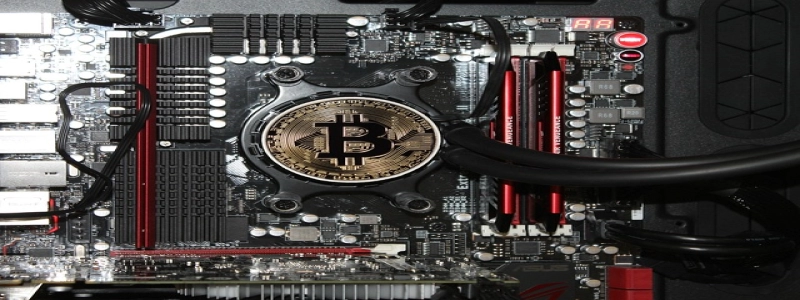SFP vs SFP+ – Understanding the Differences
Introdução
When it comes to networking, the choice of the right optical transceiver module is crucial. In this discussion, we will focus on comparing two popular optical transceivers – SFP and SFP+. While they both serve the same purpose, there are distinct differences between the two.
1. What is SFP?
SFP (Small Form Factor Pluggable) is a compact and hot-pluggable transceiver module used for data communication applications. It supports various optical fiber types and different transmission distances. SFPs are typically used in Gigabit Ethernet and Fiber Channel applications.
1.1 Features of SFP
– Supports data rates up to 1.25 Gbps.
– Available in different versions, such as SFP LX, SFP SX, SFP BX, etc., to accommodate specific connectivity needs.
– Can transmit and receive data over a single strand of fiber (simplex) or over multiple strands (duplex).
2. What is SFP+?
SFP+ is an enhanced form of the SFP transceiver. It was developed to support higher data rates and faster fiber optic communications. SFP+ modules are commonly used in 10 Gigabit Ethernet and Fiber Channel applications.
2.1 Features of SFP+
– Supports data rates up to 10 Gbps.
– Available in different versions, such as SFP+ SR, SFP+ LR, SFP+ ER, etc., to meet various connectivity requirements.
– Can transmit and receive data over single-mode or multi-mode fibers, depending on the specific SFP+ version.
3. The Key Differences
Now, let’s delve into the main differences between SFP and SFP+.
3.1 Data Rate
The most noticeable difference between SFP and SFP+ is the data rate they can support. SFPs are limited to 1.25 Gbps, while SFP+ transceivers can handle speeds of up to 10 Gbps.
3.2 Equipment Compatibility
Another crucial factor to consider when choosing between SFP and SFP+ is equipment compatibility. SFP+ ports are usually backward compatible with SFP modules, which means an SFP+ port can support both SFP and SFP+ transceivers. No entanto, SFP ports are not compatible with SFP+ modules, limiting their flexibility for future upgrades.
3.3 Cost
Due to the higher data rate and enhanced features, SFP+ transceivers are generally more expensive than SFP modules. Organizations on a tight budget may prefer using SFP transceivers if their data rate requirements are lower.
3.4 Consumo de energia
While SFP and SFP+ consume relatively low power, SFP+ modules tend to have a slightly higher power consumption compared to SFP modules. This difference is mainly due to the increased data rates supported by SFP+.
4. Conclusão
In summary, both SFP and SFP+ transceiver modules are widely used in network applications. SFP is suitable for lower data rate requirements, offering cost-effective and efficient connectivity options. On the other hand, SFP+ offers higher data rates and improved transmission performance, making it ideal for organizations requiring faster and more reliable network connections. Ultimately, the choice between SFP and SFP+ depends on the specific requirements and budget of the network infrastructure.







